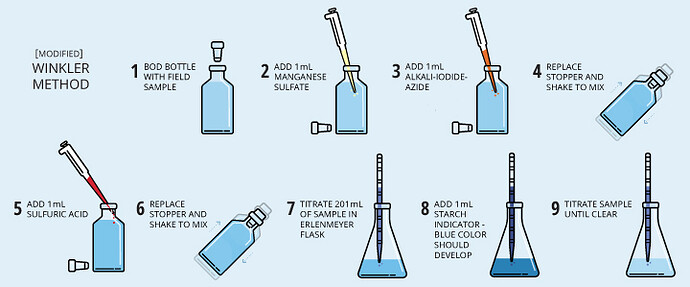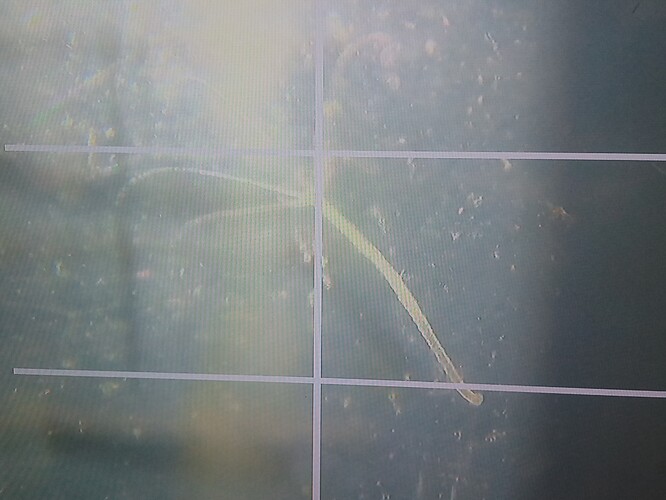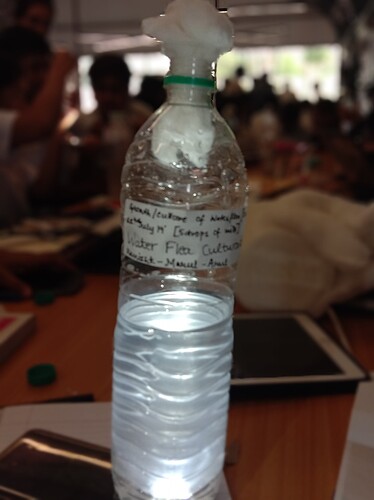We added 4 water fleas on the first day …we could see the increase in number… but most of them are dead only some are alive
We can make the water flea red by adding more milk
Uploading: 15638562832486483006326635294682.jpg…
Conversion of colourless water flea to read water flea by reducing the oxygen in it
Hydra in the test tube with water flea
![]() the water flea reproduced from (2 to 3) to (9 to 10)
the water flea reproduced from (2 to 3) to (9 to 10)
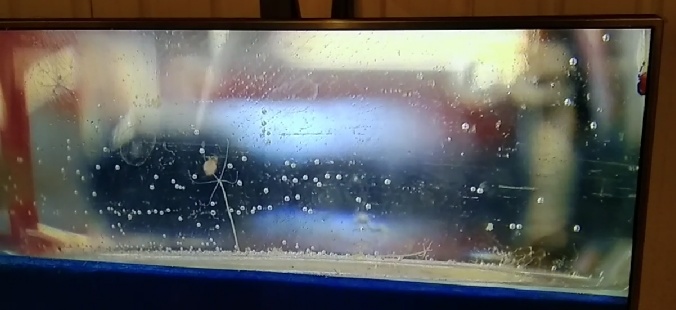 red water flea with hydra!
red water flea with hydra!
Daphnia, a genus of small planktoniccrustaceans, are 0.2–5 millimetres (0.01–0.20 in) in length. Daphnia are members of the order Cladocera, and are one of the several small aquatic crustaceans commonly called water fleas because their saltatory(Wiktionary) swimming style resembles the movements of fleas. Daphnia live in various aquatic environments ranging from acidicswamps to freshwater lakes and ponds.
Daphnia
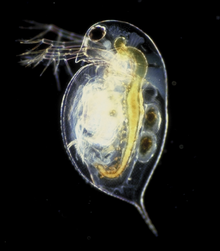
Daphnia pulex*
Scientific classification
Kingdom: Animalia
Phylum: Arthropoda
Class: Crustacea
Order: Cladocera
Family: Daphniidae
Genus: Daphnia
Müller, 1785
Hemoglobin studies in water flea
Water flea are present in pond water where there are algae or bacteria or protozoa.
So,what is hemoglobin?
Hemoglobin (Hb or Hgb) is a metalloprotein in red blood cells that carries oxygen throughout the body.
When the oxygen level in water is less then the hemoglobin of the water flea increases and some time later the water flea becomes red for transfering more oxygen throughout the body to survive in that condition. The water flea can again be turned into its normal condition when the oxygen level is restored.
So to conclude, less oxygen more hemoglobin and more oxygen less hemoglobin.
22.07.19
We did this by taking a plastic water bottle and then carefully put the water flea by dropper into our bottles which had dechlorinated water. Then the question came up what we will provide the water flea to eat. So we provided some drops of milk to the water flea as milk has bacteria and water flea could eat the bacteria.
23.07.19
We observed our water flea by keeping the mobile flash light underneath the water bottle (bottom) as to see moving water flea and at the end again we feed them with some drops of milk.
24.07.19
We repeated the same process but the discouraging factor was that some of our friends water flea were dead as the amount of milk drops was deregulated.
25.07.19
On this day our water flea became red and our experiment became successful.
![]()
![]()
You have a design of an experiment here.
Do you think a few hours is enough for the water flea to turn red?
How long does a water flea take to give rise to new babies?
Water flea always feeds on bacteria, so water flea always existed in water that has lots of bacteria.
According to your model, you need to keep the bottle air-tight. Often we can see red water flea in open ponds. How would you explain this?
Apologies for asking more and more questions. Let us explore more to get a good experimental design. And then we can actually do this experiment in your school, or even at home.
What if we add pasteurized milk? Can we use this milk for growing water flea?
‘them’ here refers to water flea?
No we can not add pasteurized milk as pasteurization is the process to kill bacteria and we have to provide non pasteurized for growing water flea.
What does “Müller 1785” mean here?
Shall we try this experiment? I think, even pasteurized milk will also work. Milk powder may also work.
He is a naturalist who provided the genus of water flea.
The possibility for the growth of water flea will be a question as to disssolve milk powder we need it to heat it and pasteurized milk won’t let the growth for the bacteria and then what will water eat.
